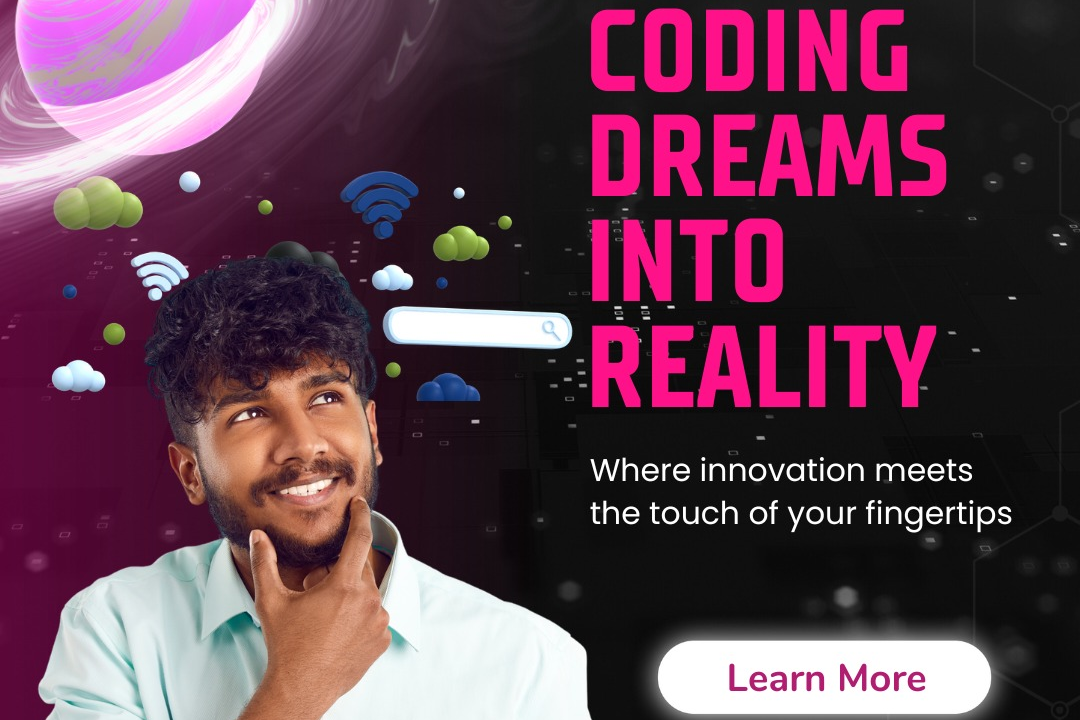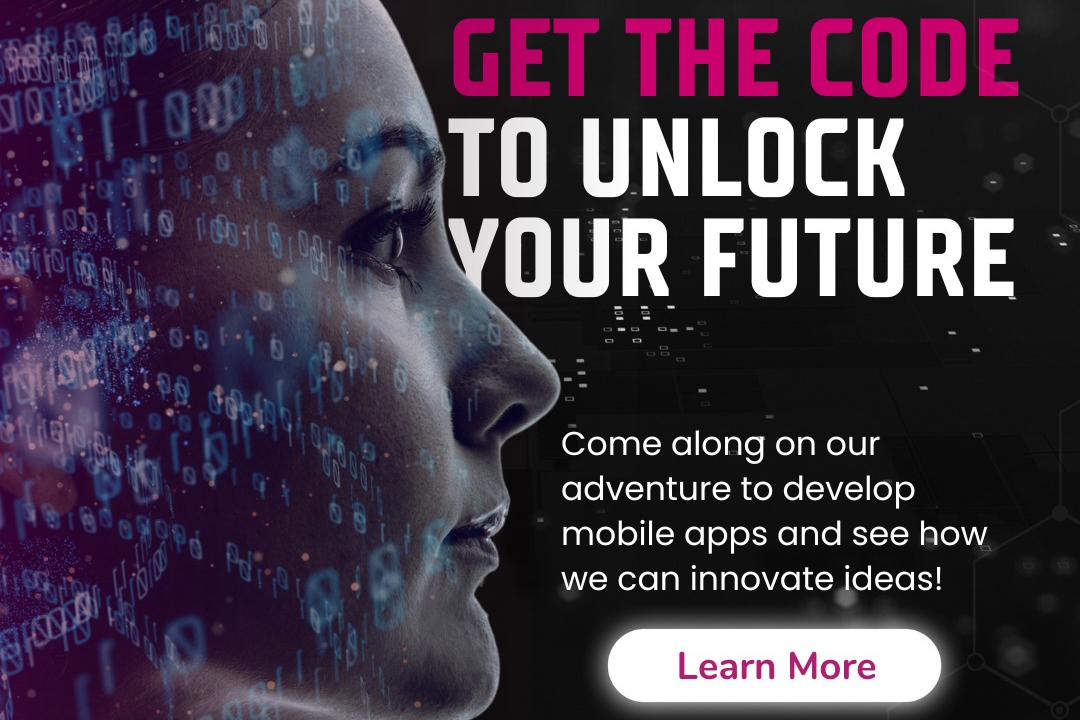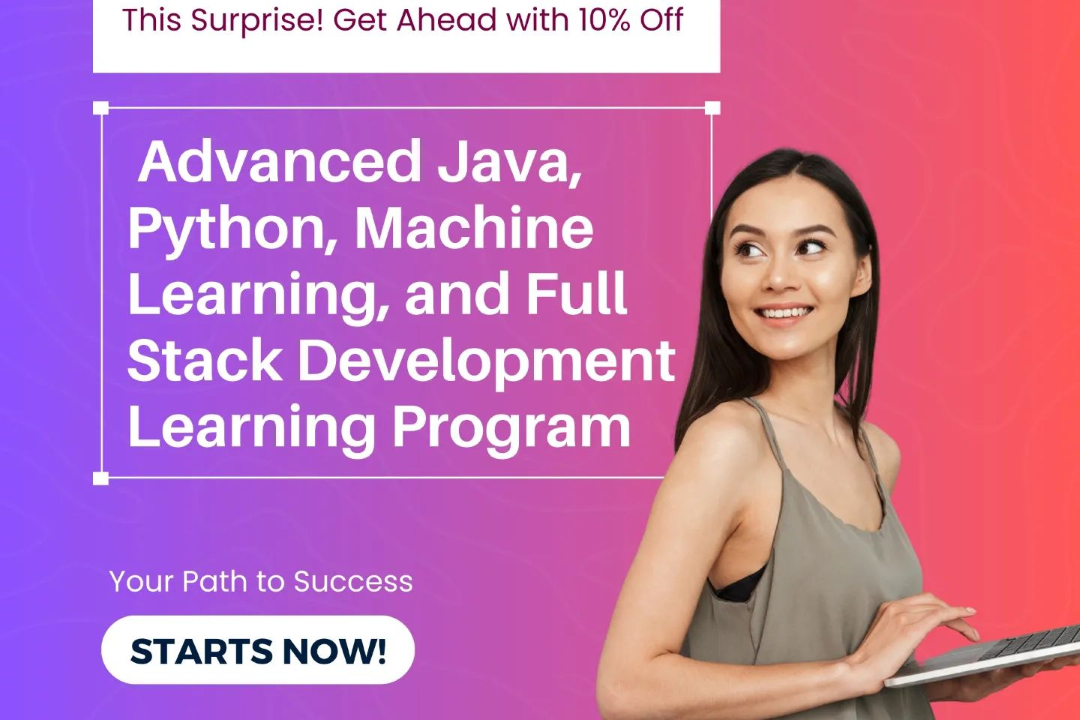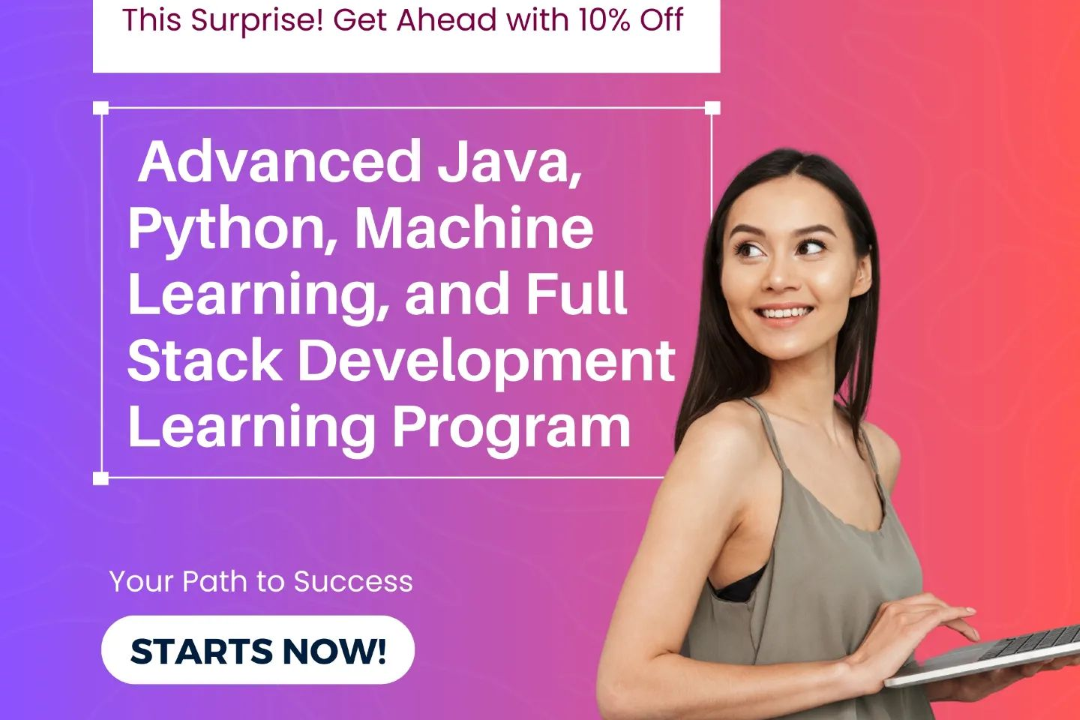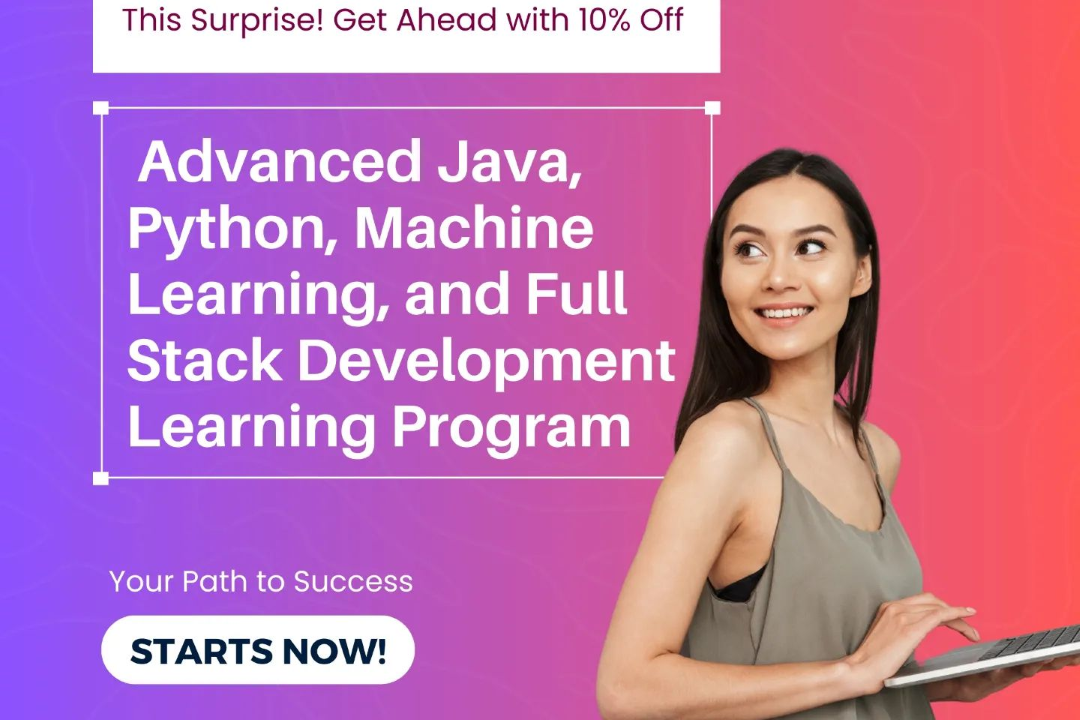Flutter Architecture
Flutter architecture is a reactive framework designed for building natively compiled applications fo
Flutter Architecture
Flutter architecture is designed to streamline the development of high-performance, visually attractive applications across multiple platforms from a single codebase. Its layered structure enhances modularity, enabling developers to easily manage and maintain components such as the framework, engine, and embedder. This architecture facilitates a reactive programming model, allowing for smooth, responsive user interfaces that can instantly reflect changes in data. Additionally, features like hot reload significantly speed up the development process, making Flutter an invaluable tool for developers seeking to build efficient, cross-platform applications with rich user experiences.
To Download Our Brochure: Download
Message us for more information: Click Here
Flutter architecture is designed to streamline the development of high performance, visually attractive applications across multiple platforms from a single codebase. Its layered structure enhances modularity, enabling developers to easily manage and maintain components such as the framework, engine, and embedder. This architecture facilitates a reactive programming model, allowing for smooth, responsive user interfaces that can instantly reflect changes in data. Additionally, features like hot reload significantly speed up the development process, making Flutter an invaluable tool for developers seeking to build efficient, cross platform applications with rich user experiences.
Course Overview
The “Flutter Architecture” course offers an in-depth exploration of the fundamental principles and components that underpin Flutter app development. Participants will gain a comprehensive understanding of the layered architecture, which includes the framework, engine, and embedder, enabling them to create high-performance applications with a single codebase. The course emphasizes modularity, the reactive programming model, and best practices for state management, equipping learners with the skills to build visually appealing and responsive user interfaces. Through hands-on projects, students will apply their knowledge in real-world scenarios, ensuring they are well-prepared to leverage Flutter's capabilities in their own applications.
Course Description
The “Flutter Architecture” course provides a comprehensive overview of the structural components that make up Flutter applications, focusing on its layered design, which includes the framework, engine, and embedder. Participants will learn about the reactive programming model, state management techniques, and best practices for building efficient and scalable applications. Through engaging real-time projects, students will apply architectural concepts to create user-friendly interfaces and optimize app performance, preparing them to effectively utilize Flutter for their development needs. This course is ideal for developers looking to deepen their understanding of Flutter’s architecture and enhance their application-building skills.
Key Features
1 - Comprehensive Tool Coverage: Provides hands-on training with a range of industry-standard testing tools, including Selenium, JIRA, LoadRunner, and TestRail.
2) Practical Exercises: Features real-world exercises and case studies to apply tools in various testing scenarios.
3) Interactive Learning: Includes interactive sessions with industry experts for personalized feedback and guidance.
4) Detailed Tutorials: Offers extensive tutorials and documentation on tool functionalities and best practices.
5) Advanced Techniques: Covers both fundamental and advanced techniques for using testing tools effectively.
6) Data Visualization: Integrates tools for visualizing test metrics and results, enhancing data interpretation and decision-making.
7) Tool Integration: Teaches how to integrate testing tools into the software development lifecycle for streamlined workflows.
8) Project-Based Learning: Focuses on project-based learning to build practical skills and create a portfolio of completed tasks.
9) Career Support: Provides resources and support for applying learned skills to real-world job scenarios, including resume building and interview preparation.
10) Up-to-Date Content: Ensures that course materials reflect the latest industry standards and tool updates.
Benefits of taking our course
Functional Tools
1 - Flutter SDK
The Flutter Software Development Kit (SDK) is the core tool used in the course. It provides everything needed to create beautiful, natively compiled applications for mobile, web, and desktop from a single codebase. The SDK includes a rich set of pre designed widgets, a comprehensive framework, and tools for designing, building, and testing applications. Understanding how to effectively use the Flutter SDK is essential for students to develop efficient and performant apps.
2) Dart Programming Language
Dart is the primary programming language utilized in Flutter development, and students will delve deeply into its features and capabilities. With a syntax that is easy to learn for those familiar with Java or JavaScript, Dart encourages fast development and high performance. The course covers essential concepts such as asynchronous programming, object oriented principles, and data structures, which are crucial for building robust applications within the Flutter ecosystem.
3) Visual Studio Code
Visual Studio Code (VS Code) is one of the most popular code editors for Flutter development, and students will use it extensively during the course. Its lightweight design, customizable interface, and rich extension support facilitate an efficient coding environment. Built in Git version control, debugging, and IntelliSense features make it easier to write code, track changes, and resolve issues, enhancing the overall development workflow.
4) Flutter DevTools
DevTools is a suite of performance and debugging tools specifically built for Flutter development. Students will learn to use it for inspecting the widget tree, monitoring performance metrics, and debugging applications effectively. The visual debugging and performance profiling capabilities allow learners to fine tune their applications, ensuring smooth user experiences and efficient resource usage.
5) Firebase
Firebase serves as a powerful backend as a service that students will explore throughout the course. With functionalities such as real time databases, authentication, cloud functions, and analytics, Firebase provides essential components for building scalable applications. Understanding how to integrate Firebase into Flutter apps empowers students to create data driven applications with real time features and robust user authentication.
6) Git and GitHub
Version control is vital for any software project, and students will learn to utilize Git alongside GitHub for managing their code repositories. This exposure will teach them best practices in collaborative development, including branching, merging, and pull requests. Utilizing Git helps students track changes, collaborate effectively with peers, and maintain a reliable history of their projects, which is a critical skill in the software development industry.
7) Postman
Postman is a powerful tool for testing APIs that students will use to understand how to interact with backend services. It allows learners to send requests and view responses from APIs, making it easier to debug and integrate backend functionality into their Flutter applications. Mastering Postman helps students verify endpoint functionality and handle data interactions effectively, which is vital for developing full fledged applications.
8) Responsive Design Principles
Understanding responsive design is crucial for building applications that work seamlessly across various screen sizes and orientations. In the course, students will learn how to implement responsive layouts using Flutter's flexible widgets and layout principles. This knowledge enables them to create user interfaces that provide an optimal experience, whether on smartphones, tablets, or web browsers.
9) State Management Solutions
State management is a key concept in Flutter development, and the course will cover various approaches such as Provider, Riverpod, Bloc, and GetX. Students will learn when to use each solution depending on the complexity of the application and its requirements. By mastering state management, learners will be able to efficiently handle data and ensure that their user interfaces respond appropriately to changes in application state.
10) API Integration
Students will gain hands on experience on how to integrate RESTful APIs into Flutter applications. This will include making HTTP requests, parsing JSON responses, and handling errors. Understanding how to communicate with external services expands the capabilities of applications, allowing them to retrieve and manipulate data dynamically.
11 - Deployment and Publishing
The course will guide students through the process of deploying and publishing their Flutter applications to various platforms, including Google Play Store and Apple App Store. They will learn about the requirements for app submission, how to prepare their applications for release, and strategies for managing app updates and user feedback post launch.
12) Testing Flutter Applications
Quality assurance is essential in software development, and the course will cover testing techniques to ensure the reliability and performance of Flutter applications. Students will learn about unit testing, widget testing, and integration testing. Implementing these testing methodologies helps maintain high standards in code quality and user satisfaction.
13) User Authentication
Implementing authentication is a common requirement in modern applications. In this course, students will learn how to implement various authentication methods, including email/password login, social website login (like Google and Facebook), and more, using Firebase Authentication. This knowledge equips them to create secure applications that can manage user data effectively.
14) Flutter Animations
Adding animations enhances user engagement, and the course will cover Flutter's animation framework. Students will learn to create smooth transitions, animated widgets, and engaging visual effects that improve user experience. Mastering animations allows developers to bring their applications to life and engage users more effectively.
15) Working with Databases
Learning how to work with local data storage solutions like SQLite and Firebase Firestore is integral to app development. Students will explore the principles of data persistence, enabling them to store, retrieve, and manipulate data within their applications seamlessly. Understanding data management is crucial for building fully functional applications that rely on user generated content.
16) Collaboration and Agile Methodologies
The course will introduce students to collaborative practices within software development, emphasizing Agile methodologies such as Scrum and Kanban. They will learn how to work effectively in teams, manage project timelines, and adapt to changes throughout the development cycle. Familiarity with Agile practices prepares students for modern software development environments and enhances their teamwork skills.
17) Real Time Projects
To solidify their learning, the course involves working on real time projects that simulate industry scenarios. These projects will encompass various aspects of Flutter development, allowing students to apply their knowledge practically and build a portfolio of tangible work. Engaging in real world projects is an excellent way to demonstrate skills to potential employers and foster confidence in their abilities.
18) User Interface (UI) and User Experience (UX) Design Principles
Understanding UI/UX principles is essential for creating user friendly applications. The course will cover the basics of UI/UX design, including layout principles, color theory, typography, and usability testing. Learning to prioritize a positive user experience will enable students to design applications that are not only functional but also enjoyable to use.
19) Networking and Community Engagement
Students will learn the importance of networking and engaging with communities within the Flutter and broader development ecosystem. This interaction could involve participating in forums, attending meetups, or following trends in open source projects. Building a professional network is crucial for personal and career growth in the tech industry.
By acquiring these skills and knowledge areas, students will be well prepared to create innovative applications using Flutter, positioning themselves as competitive candidates in the job market.
Browse our course links : Click Here
To Join our FREE DEMO Session: Click Here
This information is sourced from JustAcademy
Contact Info:
Roshan Chaturvedi
Message us on Whatsapp: Click Here
Email id: Click Here
Flutter Job Interview Questions
Flutter Vs React Native (Brief Mention For Search Cross-Linking))


